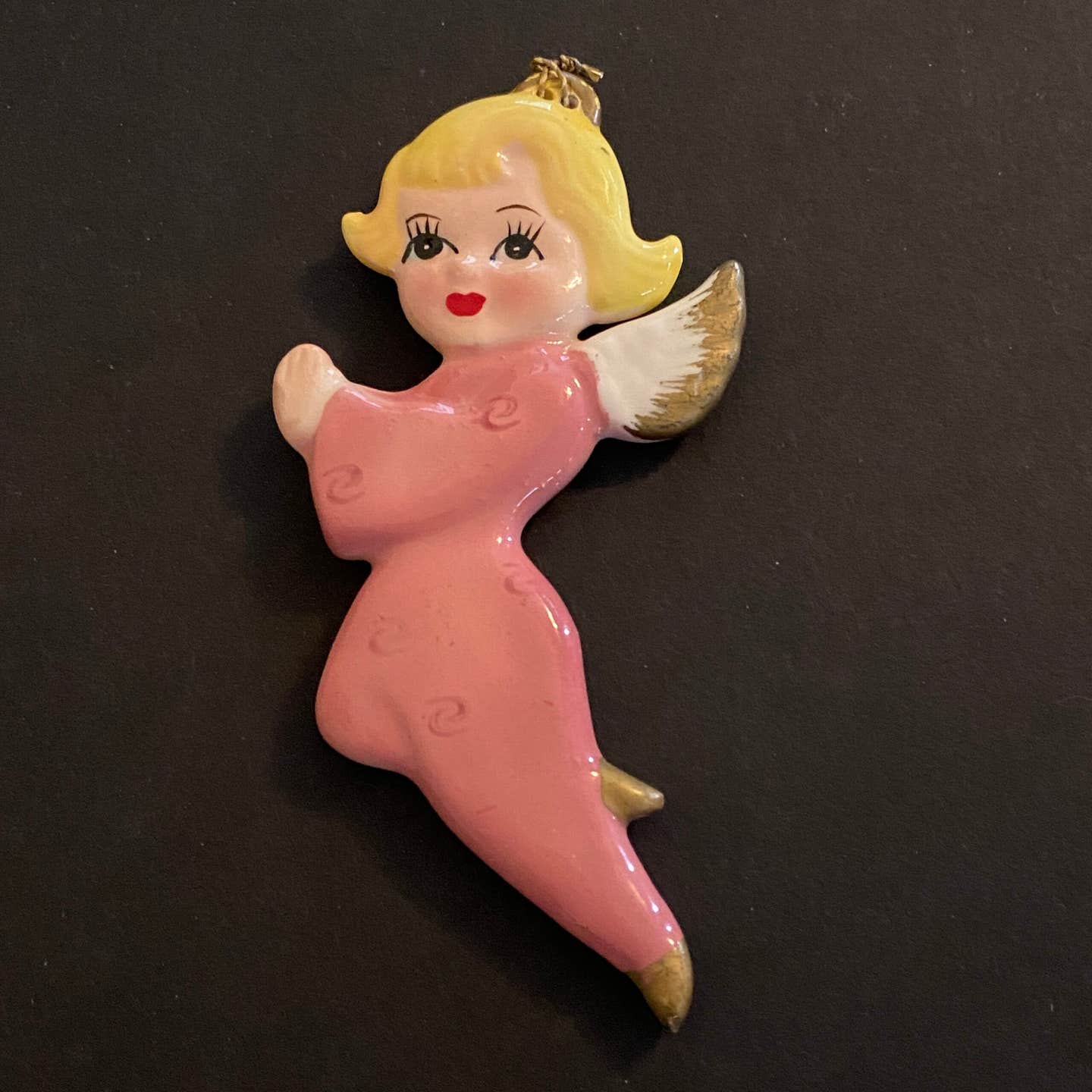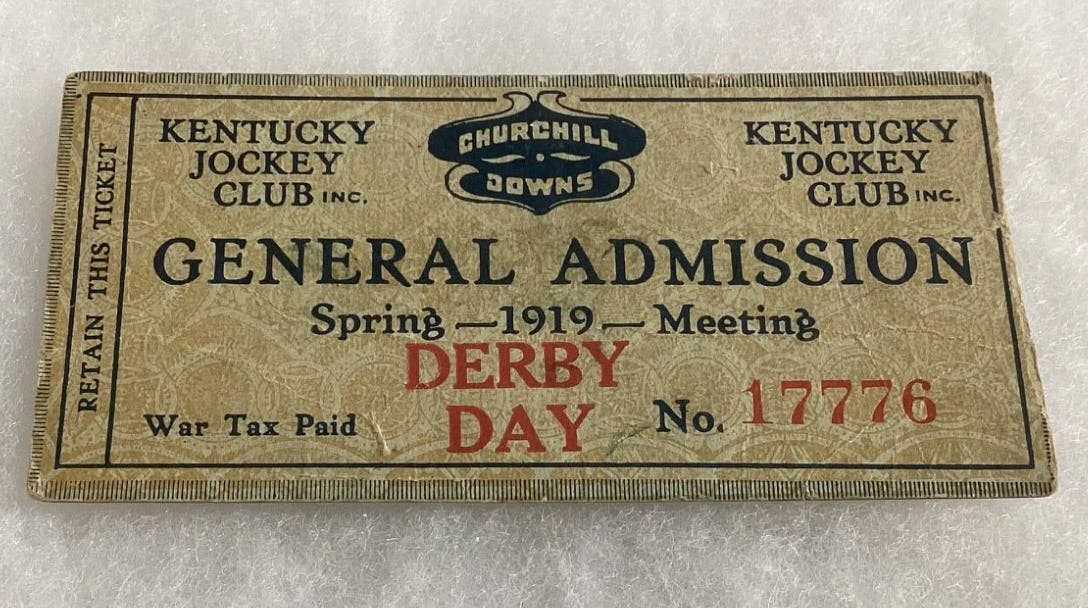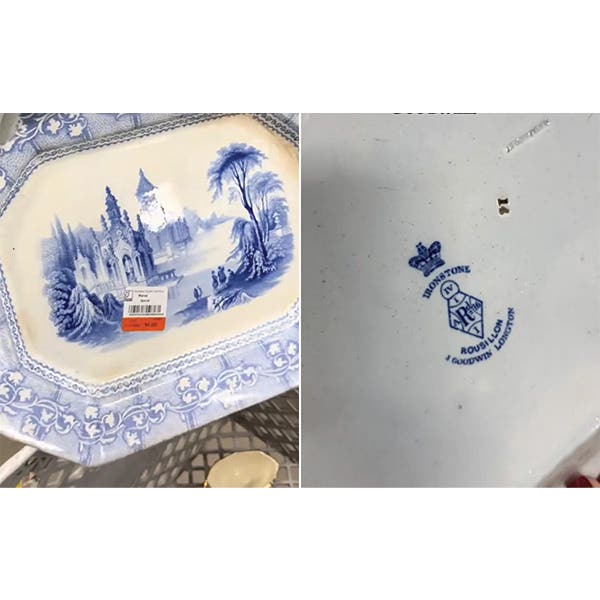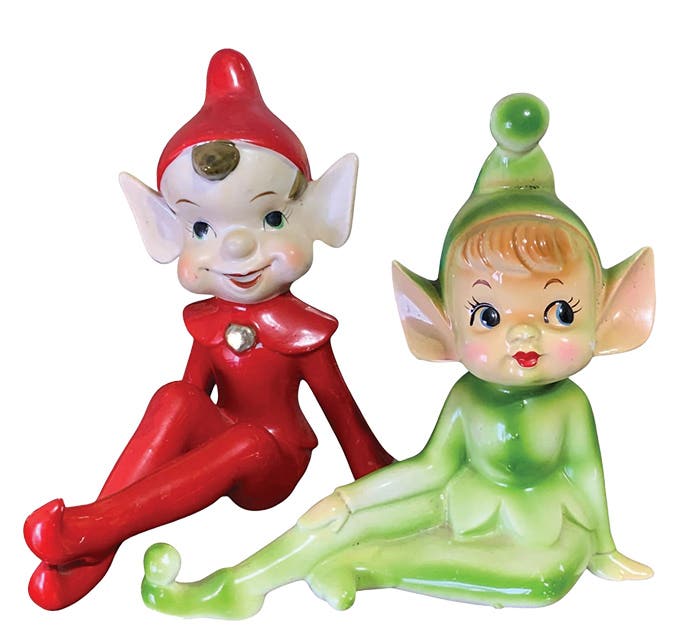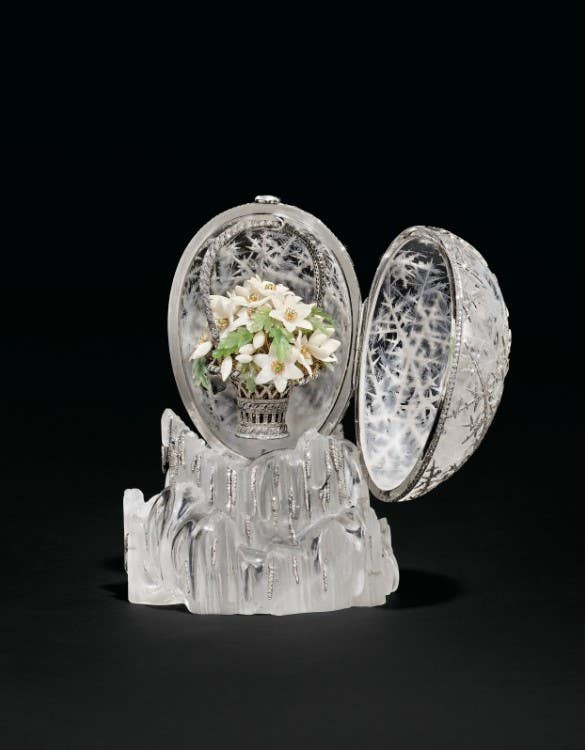Robert McGinnis: Dangerous Curves
From James Bond movies to pulp novels, artist Robert McGinnis illustrated the allure of the man-eating femme fatale.
Long before then-presidential candidate Jimmy Carter shocked the world by admitting in a Playboy magazine interview that he had “lust in his heart,” there was artist Robert McGinnis, who, since the late 1950s, had lust in his illustrations.
After Carter made his surprising confession during the run-up to the 1976 election of being a mere mortal, something politicians are averse to reveal, he defeated incumbent Gerald Ford to become the 39th president of the United States. As for McGinnis, thanks to his pulp paperback artwork of curvaceous femme fatales—often in a state of semi-undress—and titillating movie posters, he became one of the most influential and in-demand talents in illustration art history.
Born in Cincinnati in 1926 but raised in rural southern Ohio, McGinnis came of age in the 1940s and 1950s during a golden era for American illustration. When he died last March at the age of 99, he was arguably the most famous unknown illustrator in the art world. What distinguished McGinnis’ early work was his drawing of women. So pronounced was his style that the seductresses he created—the possible ruin of many a man—were known singularly in the industry as “the McGinnis Woman.”
At the height of their pulp popularity, McGinnis crafted more than 1,200 paperback covers featuring mysterious, leggy, and provocative women. Although often wearing little more than a suggestion, the women at the center of his work were powerful and in control, innovative qualities for the times. Beautiful and alluring, with a hint of danger, the McGinnis Woman was as much a temptress as a man-eater.
While McGinnis first made his mark with art that fit like a tight skirt to works with such tantalizing pulp titles as Built for Trouble, Kill Now, Pay Later, and So Rich, So Lovely, and So Dead, it was his classic movie poster illustrations that most people recognize today. Among his finest is 1961’s Breakfast at Tiffany’s featuring Audrey Hepburn—a cat perched on her shoulder, a comically long cigarette holder in her lips, dressed in a black satin dress with opera gloves and wearing a necklace to die for—looking glamorous and mischievous.
For the outrageous 1968 sci-fi comedy Barbarella, he painted a fetching Jane Fonda in a red and white bikini, standing on a mysterious planet with a futuristic gun at the ready. Two years later, for the action comedy Cotton Comes to Harlem, he created a wild, eye-catching street scene in shades of orange, purple, and green, with gun-toting tough guys alongside dancers in bikinis.
Still, it was McGinnis’s work for the James Bond franchise, beginning with the 1965 hit, Thunderball, that cemented his legacy with cinematic fans and collectors. McGinnis followed that film with art for other Bond movies, including You Only Live Twice (1967), On Her Majesty’s Secret Service (1969), Diamonds Are Forever (1971), Live and Let Die (1973), The Man With the Golden Gun (1974) and the parody movie Casino Royale (1967), which featured the silhouette of a nude woman, covered with a psychedelic collage that included the movie’s title.
release of Casino Royale sold for $47,500 at Heritage in 2017. Image courtesy: Heritage Auctions.
Producer Barbara Broccoli, who helped guide the James Bond film franchise, said McGinnis captured “the wit, excitement and adventure of Bond in a series of brushstrokes.”
While original McGinnis movie poster illustration art is rare because much of it was tossed by studios after its use, two versions of his work for Thunderball soared at auction, demonstrating his timeless appeal.
Last November, McGinnis’s piece with Sean Connery’s Bond in a wetsuit with a harpoon gun in one hand and a cocktail in the other, and four lovely Bond girls in swimsuits in the background, sold for $335,500 at Propstore Auctions. The 8 1/2 x 16-inch piece rendered in oil and gouache on illustration board is the most expensive McGinnis original work realized at auction. In 2022, another original illustration for the movie poster, this one 11-7/8 x 18-5/8 inches featuring a smirking Bond surrounded by a bevy of dangerous curves, sold for $275,000 in robust bidding at Heritage Auctions.
in Thunderball sold for $275,000 at Heritage Auctions. Image courtesy: Heritage Auctions.
A large McGinnis original illustration (23 1/2 x 30 1/2 inches) for a 2002 DVD release of Casino Royale also sold for $47,500 at Heritage in 2017. Equally rare original pulp paperback cover art can run anywhere from $5,000 to as high as $24,000, depending on the title. While scarce, expect to see more McGinnis art emerge at auction following his death.
McGinnis’ portrayal of women—a mix of impossibly tall, impossibly beautiful women radiating sexuality, savvy, and danger—easily conflicts with today’s sensibilities. But much like the sci-fi work of fellow legendary illustrator Frank Frazetta, if you look closely, a McGinnis Woman is far more than a sex object. The artist told Vanity Fair in 2017 that his goal was to combine “intelligence with the perfection of the pose or the figure. To me, it showed respect.”
McGinnis’s early pulp paperback work was groundbreaking. Yes, the women were curvaceous, sensuous, and semi-undressed, but they stepped out of the shadow of victimhood and into a dominant role. They were characters to be reckoned with, not pitied.
Filmmaker Paul Jilbert, who directed the 2008 documentary Robert McGinnis: Painting the Last Rose of Summer, said McGinnis brought “women into the foreground—put them out in front of the guy, and made them much more powerful, sophisticated, intelligent. You just didn’t see that in other covers.”
Cullen Murphy, editor-at-large at Vanity Fair, said in an interview that the McGinnis Woman, while of her moment, “shed the shackles of her time period. You can’t say that about the work of illustrators from the ’20s, ’30s, or ’40s, or even from the ’70s or ’80s. The women they depict can easily be slotted into the right era. But a McGinnis Woman? She could stroll the most fashionable precincts of New York or London and Paris today and turn heads—but as a living being, not as some throwback.”
The late actress Raquel Welch, who knew a little something about being objectified, was an unabashed fan of McGinnis’ art. After seeing her portrayal in the McGinnis movie poster for the film The Biggest Bundle of Them All, Welch said, “I wish I looked half as good as his painting of me.”
McGinnis, the second of six children, demonstrated enough artistic talent as a teenager to be offered an apprenticeship at Walt Disney Studios, where he trained as an animator. He later served in the Merchant Marine and studied fine art for three years at Ohio State while also playing left tackle on the football team’s undefeated 1944 season.
McGinnis married his college sweetheart, Ferne Mitchell (the couple would be married 74 years before her death in 2023), and eventually moved to New York to try his hand at illustration work. He gave himself a year just to see if he could make a go of it.
Once in Manhattan, a friend introduced McGinnis to an art director at Dell Publishing, who hired him to do four paperback covers for $200 apiece. It was the late 1950s, and McGinnis had found his calling.
“My illustration work went through the roof. I raised three kids on it,” he told Vanity Fair. “A lot of illustrators wouldn’t do them—they were considered cheap and low-grade. But I enjoyed doing them. I didn’t see anything demeaning about it.”
In addition to his spicy work, McGinnis, who was inducted into the Society of Illustrators Hall of Fame in 1993, made fine-art paintings, often of Old West scenes, and contributed illustrations to the religious magazine Guidepost, co-founded by the Rev. Norman Vincent Peale. He also produced a poster for director Brad Bird’s Pixar family classic, The Incredibles.
Even so, it was McGinnis’ talent in bringing captivating women to life that ultimately defined his career, something the artist admitted late in life was all a bit of an accident. “I didn’t plan anything,” McGinnis told a British magazine in 2015 while reflecting on his life’s work. “I was just trying to make a living.”
At the height of his illustrative powers, Playboy considered him as a possible successor to Alberto Vargas, creator of the randy “Vargas Girl” in the magazine. McGinnis took a pass, explaining later that he “didn’t like what was going on there, with the bunny tails and the ridiculous way they treat women. They were not real.”
Clearly, the artist who made a career of drawing curves knew exactly where he would draw the line when it came to his work.
You may also like:
Paul Kennedy is Editorial Director of the Collectibles Group at AIM Media. He enjoys Mid-century design, photography, vintage movie posters and people with a good story to share. Kennedy has more than twenty-five years of experience in the antiques and collectibles field, including book publishing. Reach him at PKennedy@aimmedia.com.




